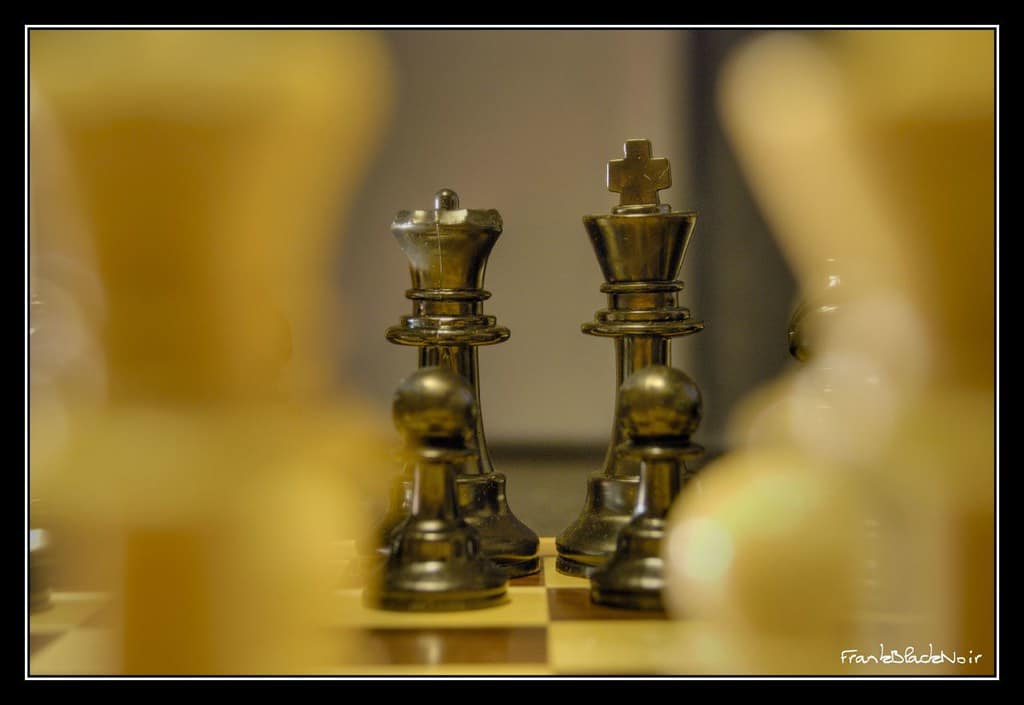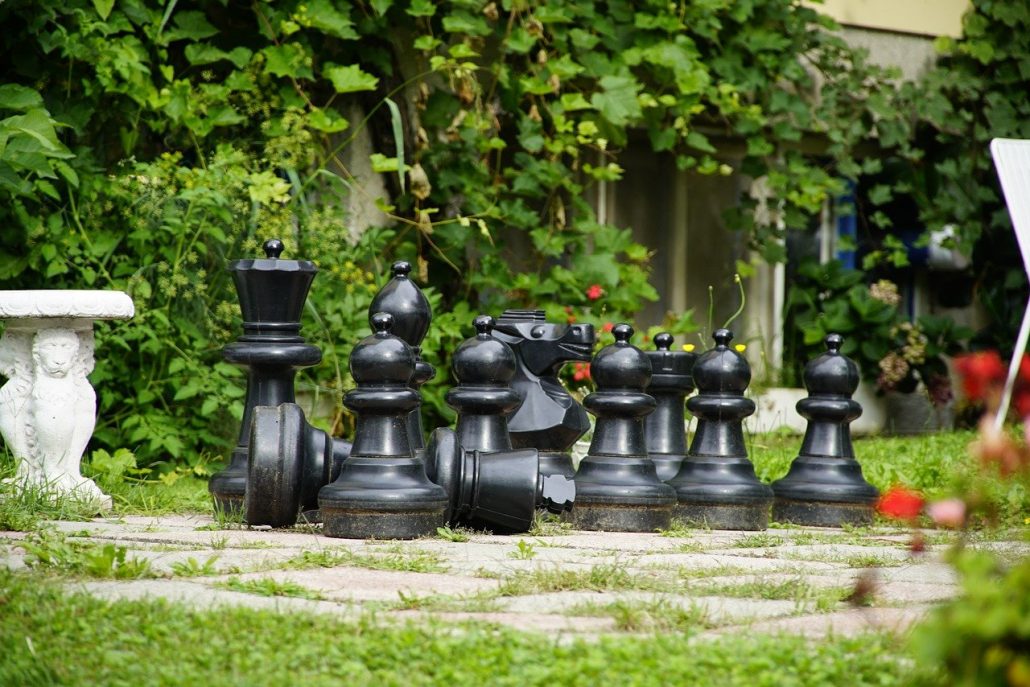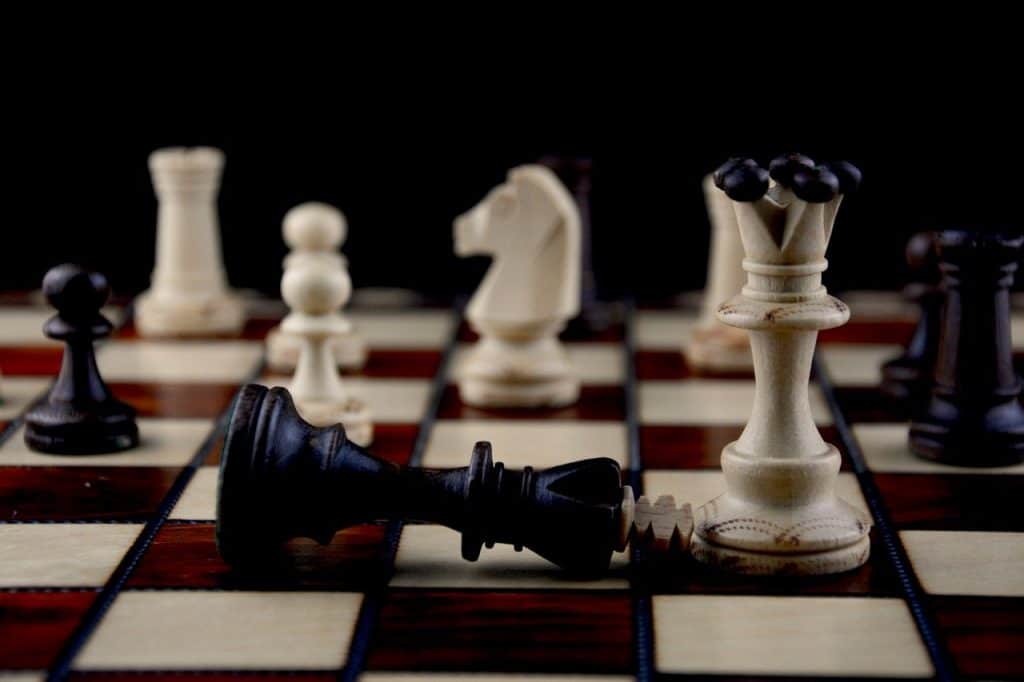Table of Contents
Expressing your chess in Spanish
Spanish is one of the most talked-about languages around the world so I understand you want to know how to talk about chess in Spanish.
Luckily for you, I am a Spanish international master of chess so of course, Spanish is my main language. Learning English is pretty much a requirement for mostly the entire population of the world.
English is an international language so this is necessary if you are going to work with people from different countries. But I still remember how to speak my language, the first chess books I read were in Spanish.
It is pretty interesting to see that there is not a great difference between English and Spanish. Some people might argue that but most of the things are easy to learn and use, or at least terms of chess in Spanish.
I am saying this for the Spanish speakers that learn chess terms in English. The other way around is a little more complicated because Spanish is a language with many grammatical rules.
So let me introduce you to the basic terminology of chess in Spanish for you to communicate with some Spanish chess players from your next tournament.
The name of the pieces and chessboard in Spanish

Let’s start with the basics, and these are the pieces and chessboard, this includes squares and terminology resembling it. Hope you already know the translation of the game itself, chess is translated to Spanish as “Ajedrez”.
“Tablero” o “tablero de ajedrez” it’s how you call the chessboard to play on. Not to be confused with “mesa de ajedrez” that would be “chess table”.
“Casilla” or “escaque” is the way that we call in Spanish the “square”, it could also be called “Cuadro” in Spanish (which is the literal translation of square) but nobody calls them that.
“Rey” is how we call the “king”, also called “Monarca” sometimes, that would be like “monarch”.
“Reina” is how the queen is called here in Spain, although some people use the word “Dama” as a more popular way to call the queen treating chess in Spanish, both terms are correct.
“Alfíl” is the word to use for the “bishop”, I actually like more the name in Spanish.
“Caballo” is the word for the knight and is curious because if you put the word “Caballo” in google translate it will translate it as the horse. But when you write “knight” on the translator it will translate it as “caballero” and those are completely different things.
“Torre” is how Spanish people call the rook, this word is the literal translation of the word “tower” in English.
And, finally but not least important, “peon” is the regular and unique way to call the “pawn” of chess in Spanish.
The movement and notation of chess in Spanish

It is quite interesting to see how the way we express the moves and captures is slightly similar in both languages. We will see English quotes about chess and translate them so you understand them better.
But before that, it’s important to know how the notation changes from English to Spanish, there aren’t any great changes.
- K (King) = R (Rey)
- Q (Queen) = D (Dama)
- B (Bishop) = A (Alfil)
- N (Knight) = C (Caballo)
- R (Rook) = T (Torre)
- P (Pawn) = P (Peon)
As we can see, the pawn is the only one that doesn’t change but the movement of the pawn alone doesn’t require the letter before. So let’s move onto the example (You can try to solve it before checking the answer as a fun extra):
- There is a beautiful combination that exploits black’s disadvantage in development hiding on the board. Starts with 1. Nxf6+ (Forcing to capture, otherwise mate in one) 1… Bxf6 2. Qe4! is a double threat because after 2… g6 (forced to stop checkmate) 3. Qxa8!! Wins a piece.
Now let’s translate this quick tactical exercise to Spanish, after this, tell me how difficult you think it was to understand it in this post’s comments!
- Hay una bella combinación que explota la desventaja del negro en el desarrollo escondiéndose en el tablero. Comienza con 1. Cxf6+ (forzando la captura, de otro modo hay mane en una) 1… Axf6 2. De4! Es una doble amenaza porque después de 2… g6 (forzada para parar el mate) 3. Dxa8!! gana una pieza.
Slangs of chess in Spanish

Sometimes, when we are playing with friends or in a quiet place where we feel comfortable we tend to speak freely. When I and my friends are playing some games while trash-talking and drinking soda we tease each other.
I don’t know exactly what it has but makes it more fun and exciting for all of us. This is why we’ll see some common slangs Spanish chess players use when playing chess.
“Enroque” is the word we use for the special move that puts our king into safety “castle”.
“Clavada” is how we call the pin as a tactical resource in chess.
“Enfilada” or the more colloquial and common “pincho” for the skewer.
We use “Tenedor” or “doble ataque” for the forks, you can also call them colloquially “doblete de Caballo” when referring to the “knight forks”.
“La Pistola de Alekhine” is the interesting name that we give to Alekhine's gun maneuver in chess in Spanish.
Have you heard about the bishop and queen’s battery? You know, when the file up to destroy the enemy king like this:
Well, this is called “batería” which is pretty similar to the English chess term, I told you the names were pretty similar.
These are not all, but at least are the most important ones that come to mind at this moment. I hope you learned something today, and if you want to tease your chess friends in a different language, there you go!
You may also like:
5 Perks of the Chess Reddit Forums
Find Awesome Chess Clubs Near You Easily to Play Chess in a Friendly Environment






